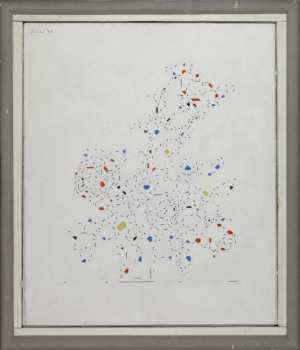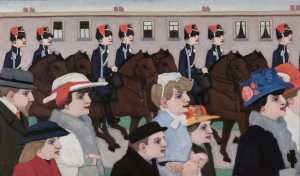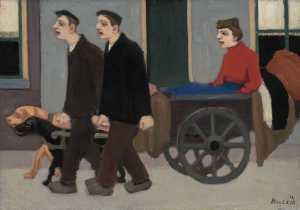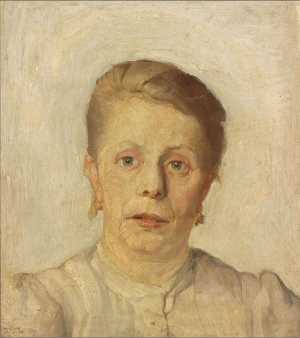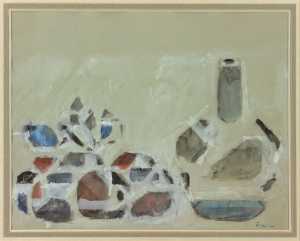At the beginning of his career, Bart van der Leck worked as a glass painter in glass workshops in Utrecht, and in his free time experimented with lines and planes in his own work. From 1912 he focused exclusively on painting and was quickly identified as an innovator by the well-known lecturer, art critic and collector H.P. Bremmer. He brought Van der Leck’s work to the attention of collector and patron Helene Kröller-Müller, who supported his artistic development from 1912 to 1918. In 1916, Van der Leck met Piet Mondrian, and together they strove to create new forms of abstract art. Both artists were founder members of De Stijl, but when Mondrian began to advocate an entirely abstract art, Van der Leck withdrew from the group, believing that art should present a recognisable image. As such, his compositions always have a representational basis.
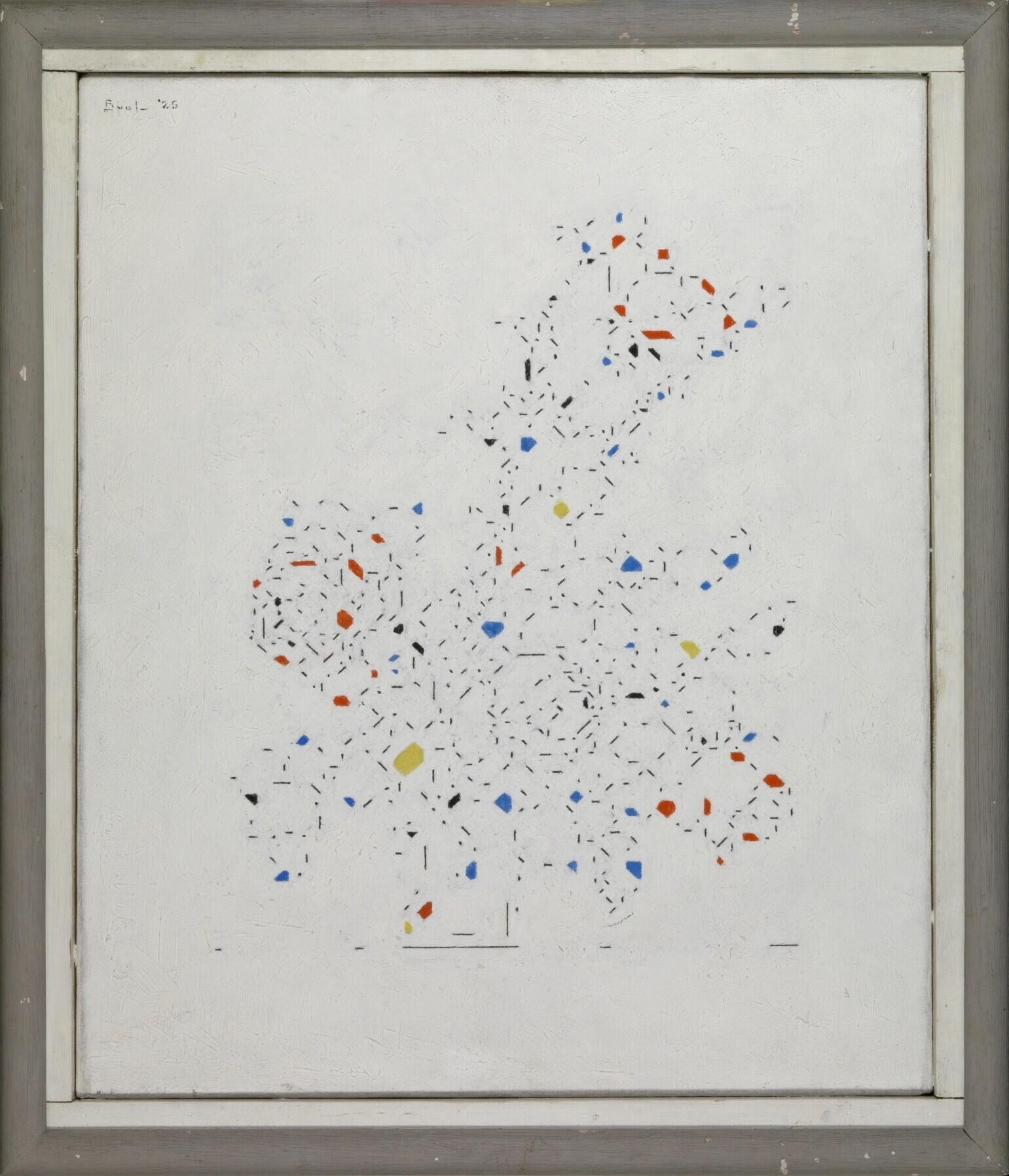
Bart van der Leck
Utrecht 1876 - Blaricum 1958


